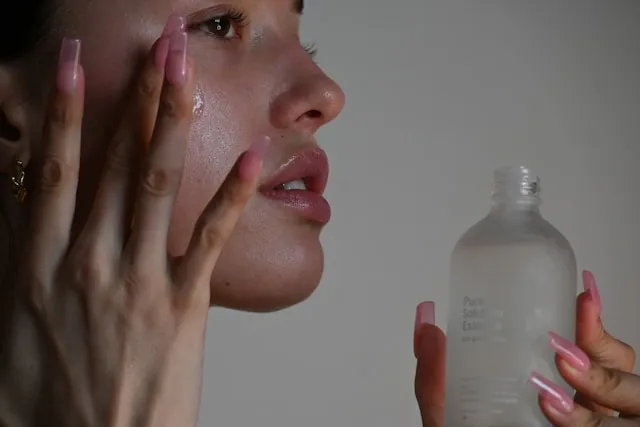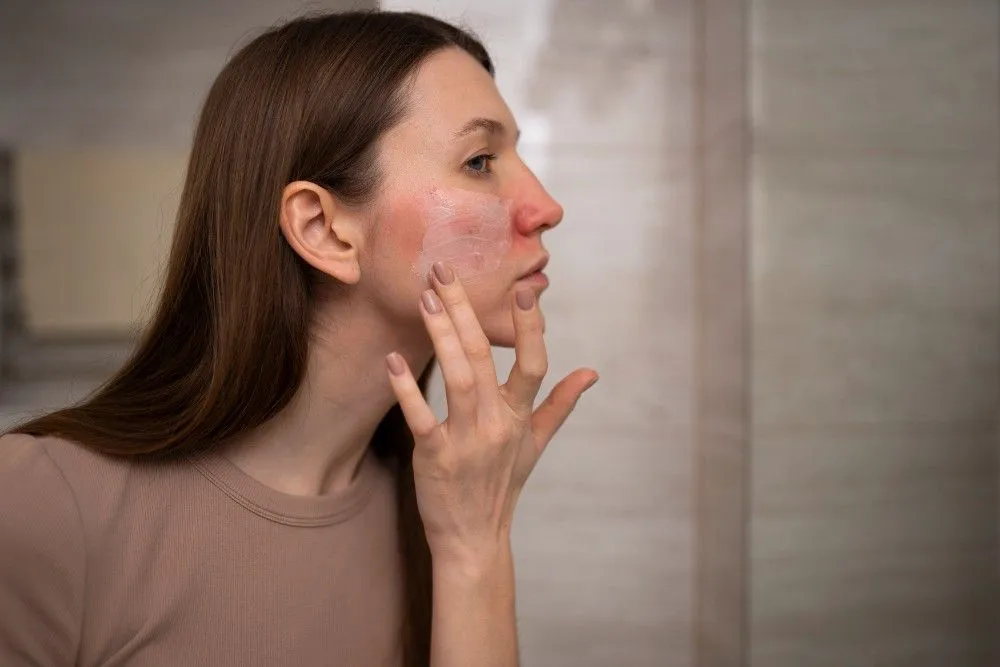A woman's average menstrual cycle is usually of 28 days. Periods are a healthy denominator that prove that the woman's body is working perfectly and that she is not pregnant. Cramps, stress and acne are common occurrences during a menstrual cycle.
The most basic question: What is acne?
A disorder that causes skin lesions more commonly known as pimples is called acne. When the oil glands present in the skin secrete an abnormal amount of an oily substance called sebum, the pores of the skin are blocked. This results in the fluid getting accumulated in follicles that become prominent when the amount of fluid present in these follicles increases. Acne most commonly appears on the face, neck, back, shoulders and the chest. The most common skin disease, it may not be a serious health threat but excessive acne may lead to permanent scarring and disfigurement.Many different types of acne
Simply put, acne is the outcome of hormonal imbalance that occurs in the body. With some people, acne may not be related to the menstrual cycle but a lot of acne-prone females notice an increase in acne prior to and during their menstrual cycles. Acne however, can be differentiated into various types on basis of their appearance and behavior. Papules Commonly referred to as blackheads and whiteheads. If the pore that is blocked stays under the skin, it is a whitehead. Whereas, if the pore stays on the outer side of the skin, the air reacts with the excess oil present and it becomes of a blackish colour - a blackhead. Pimples Lesions that are red at the base and that contain pus are called pimples. Cysts Cysts are present under the skin, contain pus and have a tendency to leave a permanent scar. They are the most painful form of acne. Nodules They are probably the worst form of acne. They are extremely painful, may result in a permanent scar.The gruesome effects of acne and how they effect daily life:
It is inevitable for all men and women to get acne/pimples at some point in their lives. Acne in young women however, occurs at a more random pace and is generally due to a hormonal imbalance, especially the menstrual cycle. For some, acne can be very upsetting, also leading to depression and low self-esteem.Menstruation and acne
In the initial days of a menstrual cycle, the body produces an abnormal amount of the hormone estrogen while in the latter half, it produces progesterone. When the cycle nears the bleeding stage, both of these hormones fall to the lowest levels giving rise to acne. The dominance of progesterone during the middle of the cycle triggers the production of sebum that causes blocked pores and as a result, pimples. As the progesterone levels keep increasing, the pores in the skin are blocked shut and the sebum accumulates in the follicles that are formed. The oil present in the sebum provides nutrient to bacterium P. acnes. This bacteria causes inflammation and skin breakouts during menstruation.
Reviewed by







